Exhibitions 2021
We should not despair, but look ahead, with great hope to the future - join us on our discovery of the diverse exhibition program for 2021!
As our Director, Dr. Andreas Henning, says:
"There will be no return to ‘business as usual’ as it was prior to the outbreak of the Covid-19 pandemic. Yet another reason to hone our perceptions and our thinking. And Museum Wiesbaden is the perfect place to do just that. The objects and themes of our permanent exhibitions serve as a stimulus to experience wonder, to heighten our receptiveness to novelty, to think in new ways, and to be enriched through the joy of discovery. Inspiring visitors in 2021 will be a multiplicity of special exhibitions."
Taking a look behind we see four exhibition: August Macke. Paradise! Paradise?, The Serpent Child of Asklepios, Exquisite— Art of the 19th Century: Bequest of Jan and Friederike Baechle and Kutscher ⁄ Reifarth ⁄ Machnik reSTART. Will they be extended? Well, we are working on it! New durations have been set so far for:
August Macke. Paradise! Paradise? Duration: until 9 May 2021
The Serpent Child of Asklepios Duration: until 18 Jul 2021
See what's waiting for you:
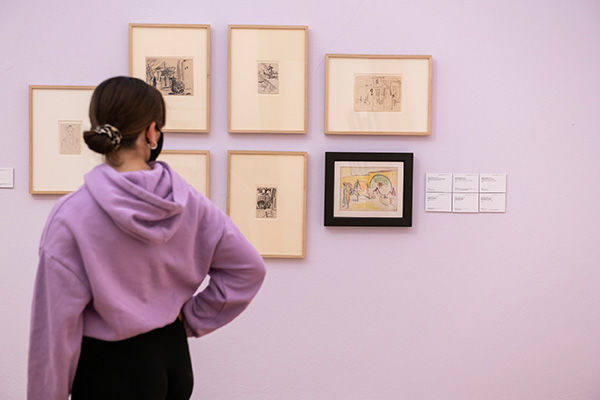


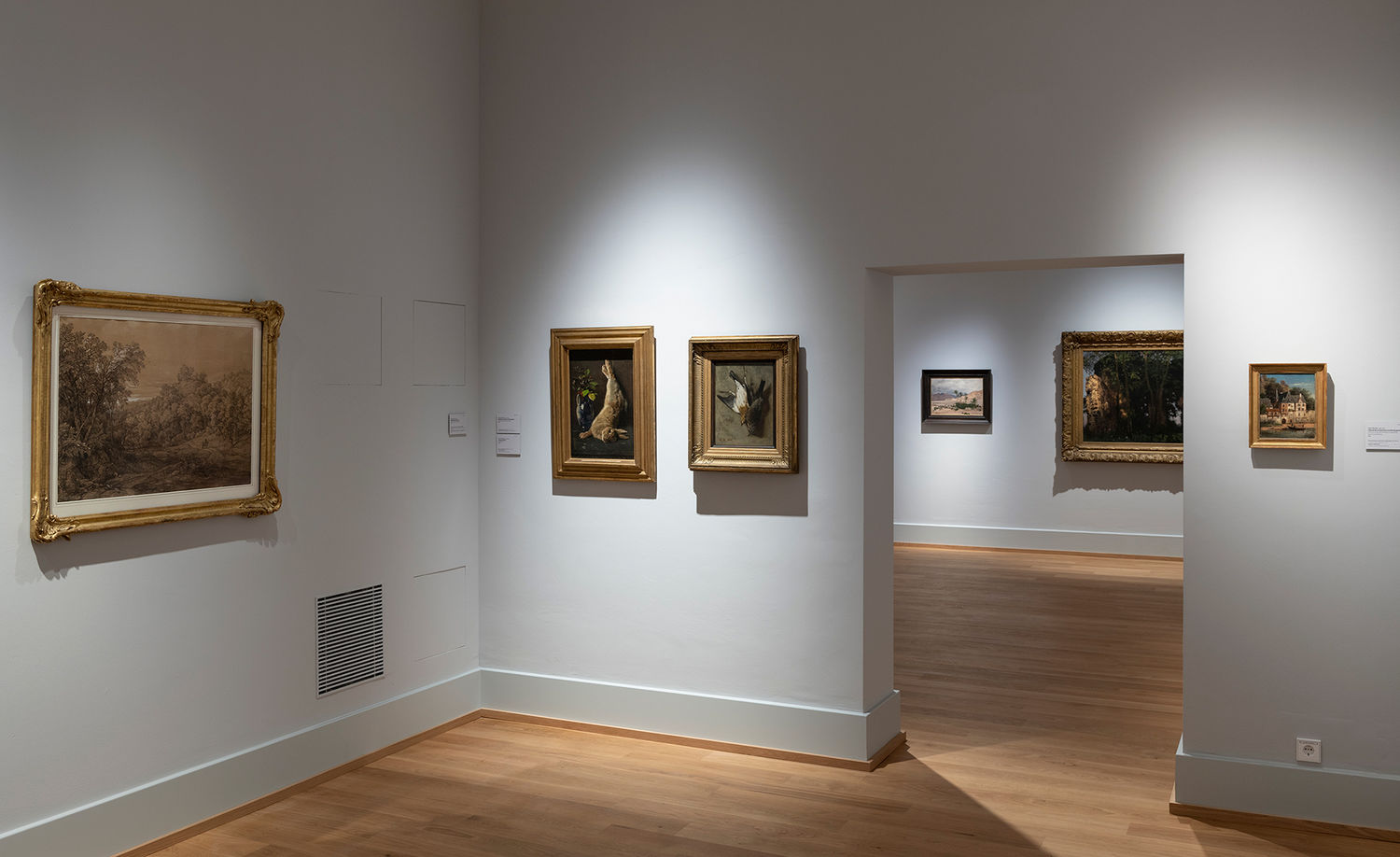
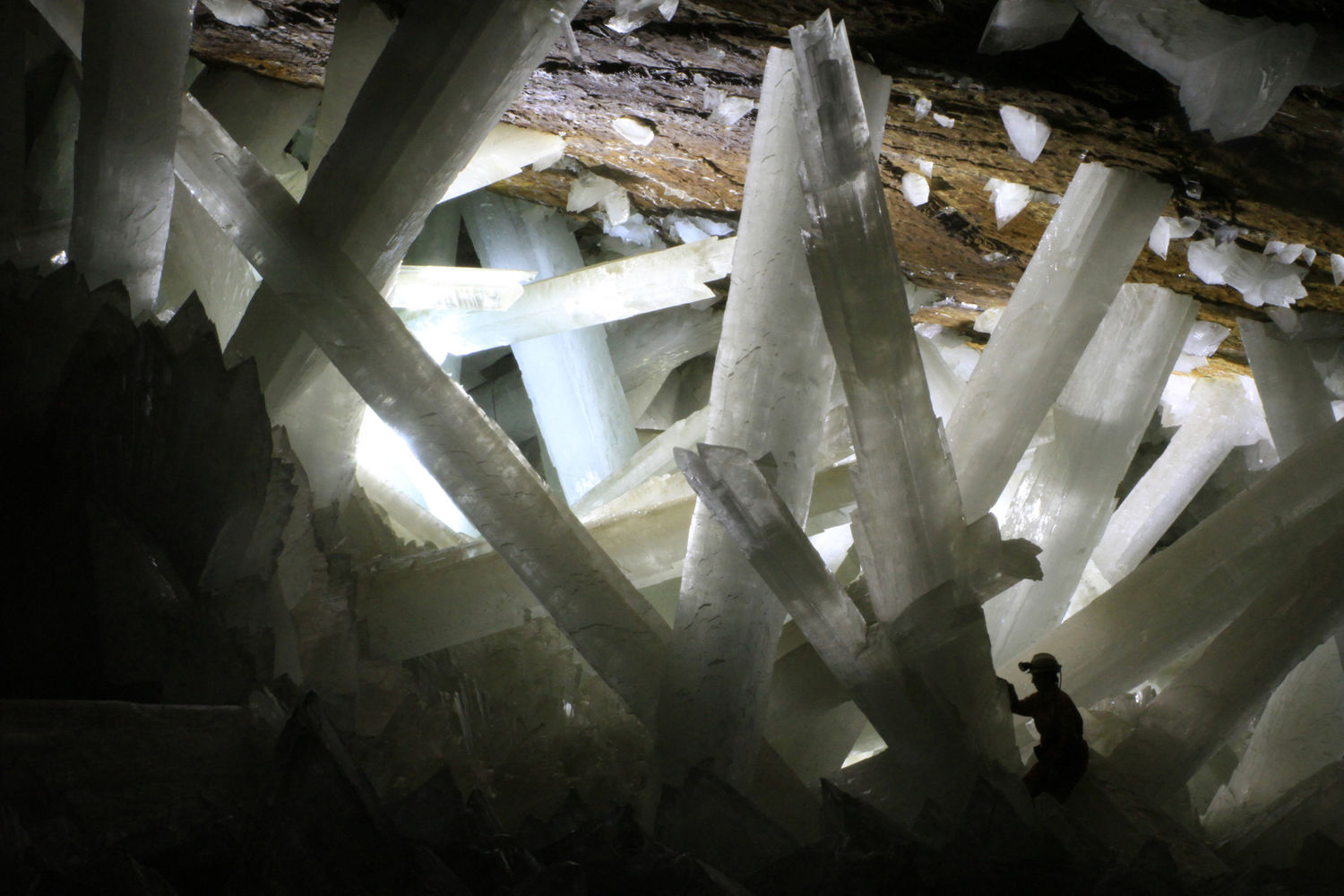
March
Our world is made of minerals and most of them are millions of years old. Even living organisms cannot exist without them. While some are unique to one place on earth, others can be found almost anywhere. In this exhibition, children and adults can explore the world of minerals by seeing, touching, and conducting experiments – with a good deal of help, along the way, from chemistry, physics, and mathematics. Numerous examples illustrate the multiplicity of shapes and colours that emerge from the crucibles, ovens, gas cylinders, and pressure chambers of the earth’s crust. Along with the midgets of the crystal world, the exhibition also presents the story of the behemoths of all crystals, the largest so far known to humankind, and how they were discovered in Mexico.
Crytals. From Diamant to Gypsum
Duration: 26 Mär—30 Jan 22
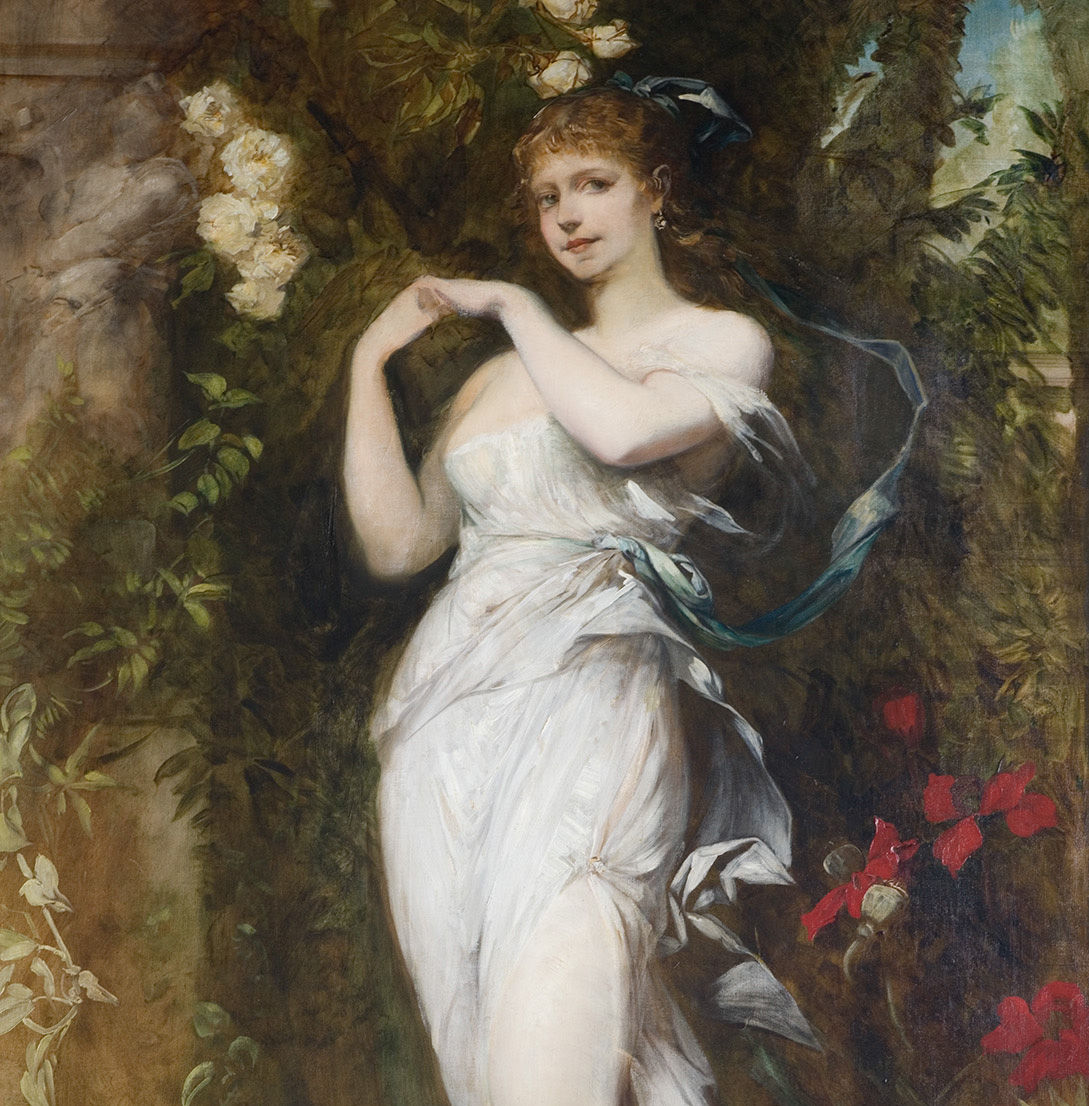
April
“Anyone who can’t paint cows properly should milk them instead.” Wilhelm Leibl (1813—1900)
Itself a product of the 19th-century, Museum Wiesbaden has a particular affinity with the art of this period. Like pearls on a necklace, the exhibition strings together the century’s huge variety of artistic trends and documents the unique painterly abilities of the epoch’s artists. Many of the new acquisitions which have enriched the Gallery of 19th-century at Museum Wiesbaden, such as Fritz von Uhde’s “In the Monastery Garden” of 1875 and Hans Makart’s “The Artist’s Wife as Flora” of 1883, are presented here for the first time. The collection of 19th-century art at Museum Wiesbaden reflects the glittering epoch when Wiesbaden was known as one of the preeminent spa towns of Europe. With the Ferdinand Wolfgang Neess Collection of Art Nouveau, Jugendstil, and Symbolist art, the museum now possesses an impressive suite of works that draws the curtain on this epoch, while simultaneously forming a bridge to the collection of Modernist art.
Duration: 30 Apr—19 Sep 2021
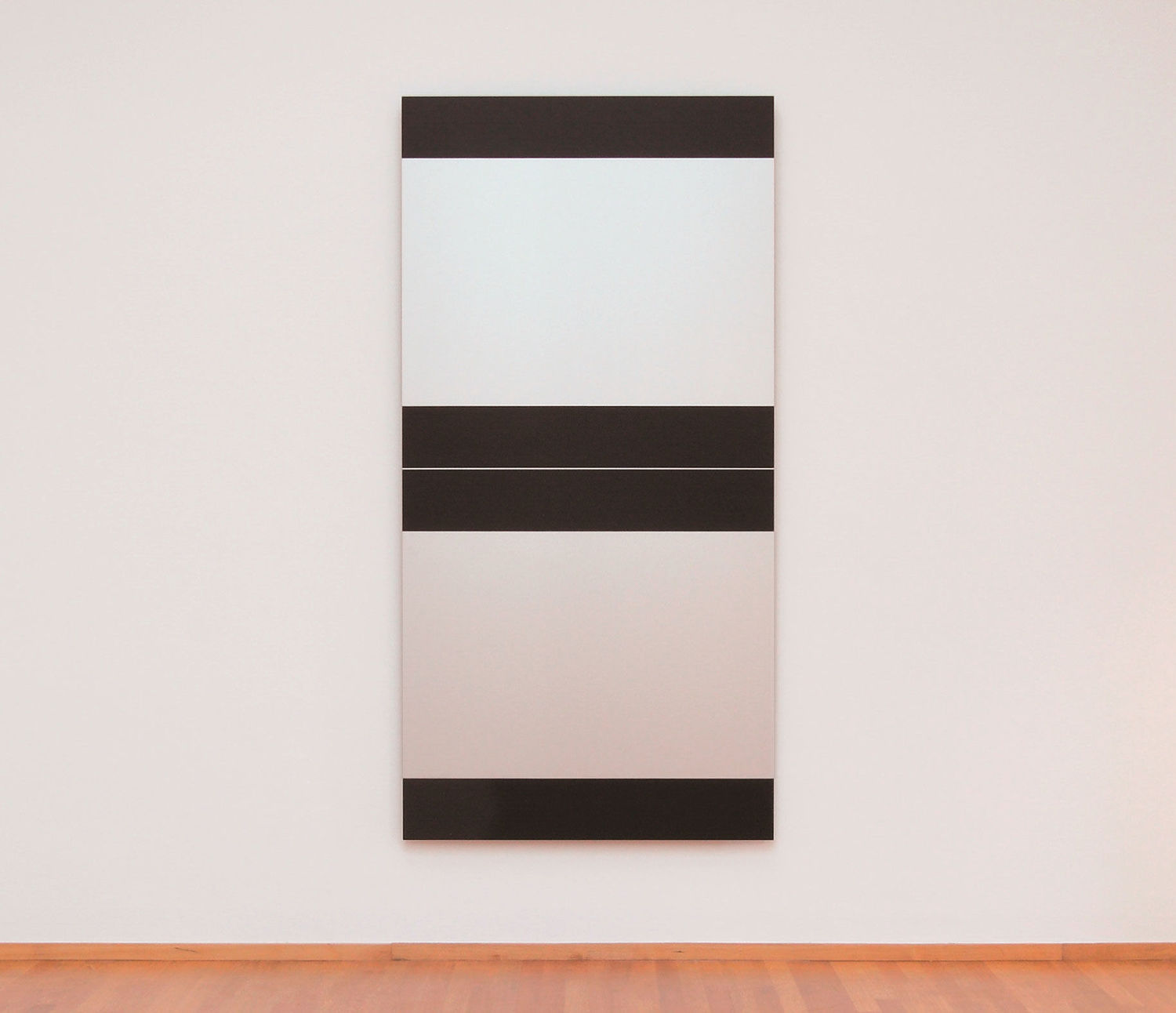
May
Frank Gerritz (born in 1964) is a sculptor. His works evolve by interacting with the surrounding space. He marks aluminium Dibond panels in black crayon (oil pastel). The medium is thickly applied, so that the surface appears completely sealed, while still retaining the texture of the strokes. But in Gerritz’s case, black isn’t just black. The obscured silver surfaces of the anodized aluminium still reflect the room around them, so that a shimmer appears to ‘float’ through the blackening—a vestige of light, altering depending on where you stand and the level of illumination in the room. Gerritz casts blocks of iron, based on the dimensions of his own body. Their ‘footprints’ flow into his initial prints on paper, and provide the scale for the works’ display in relation to the wall. Spatial thinking imbues his work: sculptures begin at floor level, reflect off the wall and, as drawings on MDF board or aluminium panel, from there redefine the surrounding space.
Frank Gerritz. Temporary Ground
Duration: 13 Mai—29 Aug 21
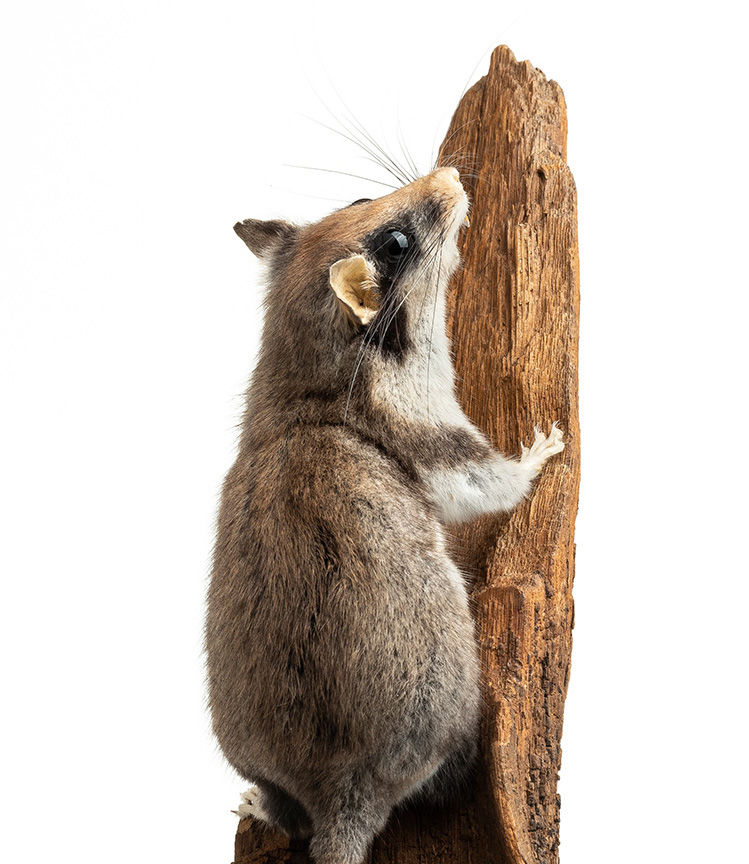
After a short summer-break we start in August with:
Germany’s Panda: The Garden Dormouse
The Wiesbaden and Rheingau region is home to a rare mammal: the garden dormouse. This mouse-sized rodent with a Zorro mask and long bushy tail inhabits the area in relatively large numbers, but populations in very many other regions of Europe are in drastic decline—which makes Germany responsible for the animal’s
conservation. It is, so to speak, the ‘German panda’. Garden dormice are omnivores, living off insects and fruit. They colonize orchards and vineyards as well as the higher, cooler altitudes of Germany’s Mittelgebirge. This study exhibition draws attention to the importance of the garden dormouse and presents the results of the latest research findings.
Duration: 6 Aug—9 Jan 22

Let there be The Lot! 100 Years of Jawlensky in Wiesbaden in September!
One hundred years ago — in June 1921 — Alexej von Jawlensky (1864—1941) decided, almost on the spur of the moment, to settle in Wiesbaden. This jubilee exhibition looks at everything that happened from that moment to the time of his death. There were many successes. He joined the artist group The Blue Four along with Kandinsky, Klee, and Feininger and made a name for himself in America. But in the late 1920s he began to suffer from arthritis, and in the 1930s the National Socialists branded him ‘degenerate’ and Museum Wiesbaden handed his works over to the authorities. After the war, the city claimed Jawlensky for itself; his life was researched and his art collected. For the first time ever, all 108 works in the museum collection are going on show, in an exhibition spanning his entire artistic career, from the early Expressionist heads to the late serial works.
Duration: 17 Sep—27 Mär 22

October
Meticulous drawings in coloured pencil, large-scale watercolours—the work of Slawomir Elsner (born in 1976) is as unusual as it is multifaceted. Museum Wiesbaden presents the first comprehensive museum show devoted to this artist, who studied at the Kunsthochschule Kassel (master student of Norbert Radermacher) and lives today in Berlin. In his coloured pencil works, Elsner translates aspects of old master painting into the drawing medium. Stroke by stroke, he approximates the historic paintings, superimposing short lines to form increasingly dense webs of colour. In the abstract watercolours, he generates luminous colour spaces through innumerable monochrome or multicoloured layers. This exhibition Slawomir Elsner. Precision and Chance honours Elsner as the recipient of the Otto Ritschl Prize for 2020. While focusing on the artist’s current works, the presentation also provides an overview of decisive milestones in his career.
Duration: 8 Okt 2021—23 Jan 2022
…our permanent exhibitions! Aesthetics of Nature, Art Nouveau, Old Masters, Classic Modernism, Modern and Contemporary Art,...
Dear visitors, we hope you are just as excited as we are by looking at our programm for 2021!
Lena van den Wyenbergh
Public Relations